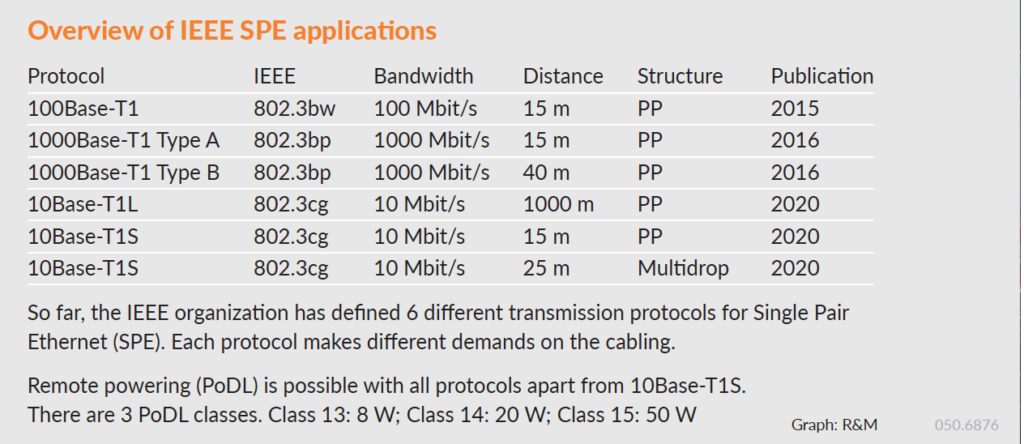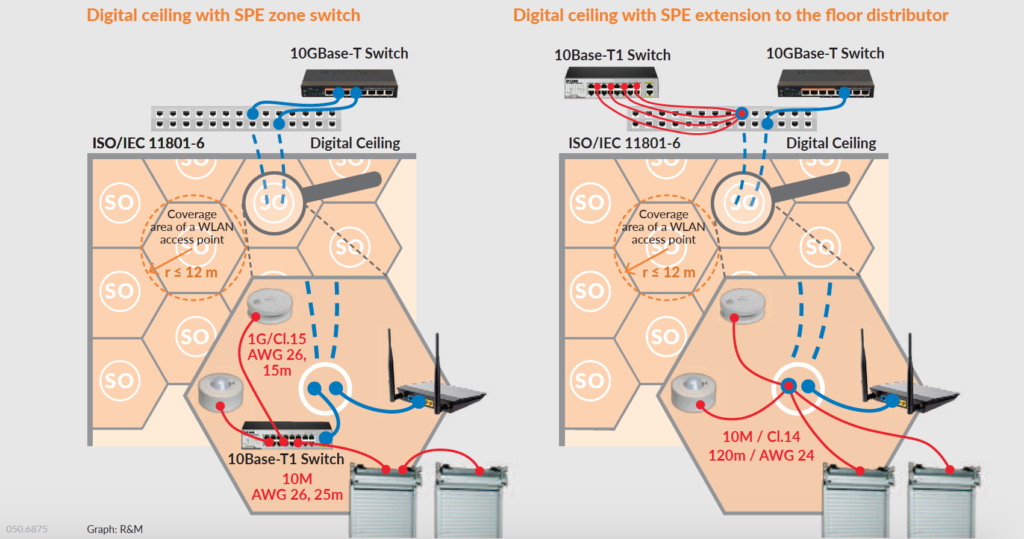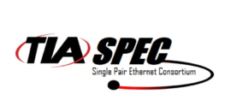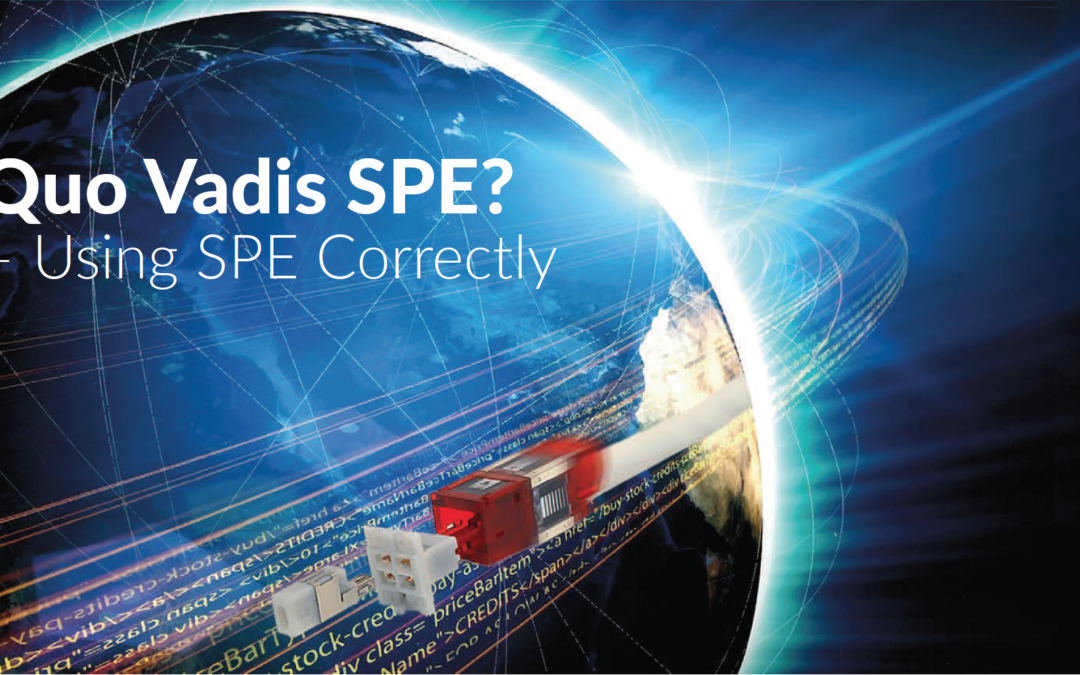A network technology with revolutionary potential is currently being worked on: Single Pair Ethernet (SPE). Several Committees are working at high pressure on the standards. But there is still a significant need for clarification until SPE can expand in building automation and in the LAN.
Experts agree: SPE is becoming a key technology in the Internet of Things (IoT) and Industrial Internet of Things (IIoT). However, no one is yet able to say exactly how and where SPE will be used. Due to a range of different interests, the committees are avoiding addressing open questions.
For example, to date, the standardization committees have not dealt sufficiently with the influence of remote power supply (Power over Data Line, or PoDL) or the implementation of multi-drop capability. To save time, they are focusing almost exclusively on point-to-point connections without remote power supply.
And that results in the following situation: the standards for the SPE cabling link are today at the same level as those for existing cabling (Cat.5, 6, 6a or 8.1). But that does not mean that PE should replace the tried and tested RJ45 interface. The possible uses still have to be fully discussed. For example, this concerns the implementation of the new possibilities in applications standards such as ISO/IEC 11801-6 (see box: Overview of IEEE SPE Applications).

Overview of IEEE SPE applications
SPE as an extension of the digital ceiling
One specific operational area is building automation. R&M is convinced that SPE is perfect for connecting a large number of applications in building automation to the data network. SPE components are much smaller than RJ45 adapters. Therefore, the connection density on network devices can be increased. The connectors on sensors and actuators can be downsized. The cabling will become comparatively inexpensive.
However, SPE does not support the bandwidths which classic structured cabling, with the tried and tested RJ45 interfaces enable. Applications such as WiFi6 and 5G DAS require bandwidths over 10 Gbit/s. Currently, SPE can only provide 10 Mbit/s on the required distances of up to 100 m. This means that initially, SPE is not suitable as cabling for an application-neutral infrastructure in a building or on a campus.

Figures 1 & 2 show different ways of using SPE in a digital ceiling.
The example confirms: SPE cannot displace RJ45 in the near future. Cabling for a LAN or digital-ceiling infrastructure will continue to require the universal RJ45 connectors in the future to provide the required bandwidths.
Things will become interesting, however, within the digital ceiling zones, between the service outlet SO) and small IoT applications. From the point of view of R&M, there are diverse and new possibilities here for SPE. The ISO/IEC 11801-6 standard already makes it possible to use application-specific cabling after the SO. This has, thus, laid the foundation for a solution for the network connection of light, temperature, smoke and air sensors, or of controls for windows and blinds.
Two attractive models
A specific model: An xBase-T1 zone switch for SPEcabling is placed directly beside the SO (figure 1). With the recommended zone diameter of 8 to 12 m, an SPE transmission distance of 15 m is sufficient to reach every point within the digital ceiling zone. All SPE variants can be used: 10 Mbit/s to 1000 Mbit/s, Point-to-Point and Multi-Drop, PoDL of the highest level (class15, 50W). The terminal equipment is connected directly to the switch with SPE patch cords.
A further attractive model is the SPE extension. This involves SPE channels being transmitted within the structured digital ceiling cabling over several zones to the floor distributor (figure 2). Structured cabling is application neutral by definition and, with the right specification, can thus also transport SPE protocols.
According to estimates by R&M, four SPE channels of the category 10Base-T1L can be transmitted 100 m in Cat. 6 cabling. This means that four different SPE applications can be connected via a single SO directly with an SPE switch in the floor distributor.
In this model, all network devices are united in the conventional, tried and tested way in the floor  distributor. The number of SPE switches can be reduced. A special splitter will link the SPE connector system with the RJ45 jacks at both ends of the permanent link. This solution can provide 10 MBit/s data transmission and 20 W of power per line.
distributor. The number of SPE switches can be reduced. A special splitter will link the SPE connector system with the RJ45 jacks at both ends of the permanent link. This solution can provide 10 MBit/s data transmission and 20 W of power per line.
The SPE solutions described build on R&M’s long-term experience in structured cabling. They do not require any additional cabling and just minimal investment to integrate Single Pair Ethernet in a digital ceiling infrastructure This once more confirms the advantages of the digital ceiling concept. It offers investment and future security. This is how Single Pair Ethernet can be realized cost-effectively at short notice.
This article, written by Matthias Gerber, Market Manager LAN Cabling at R&M, appeared in the April 2020 issue of Connections Magazine.

